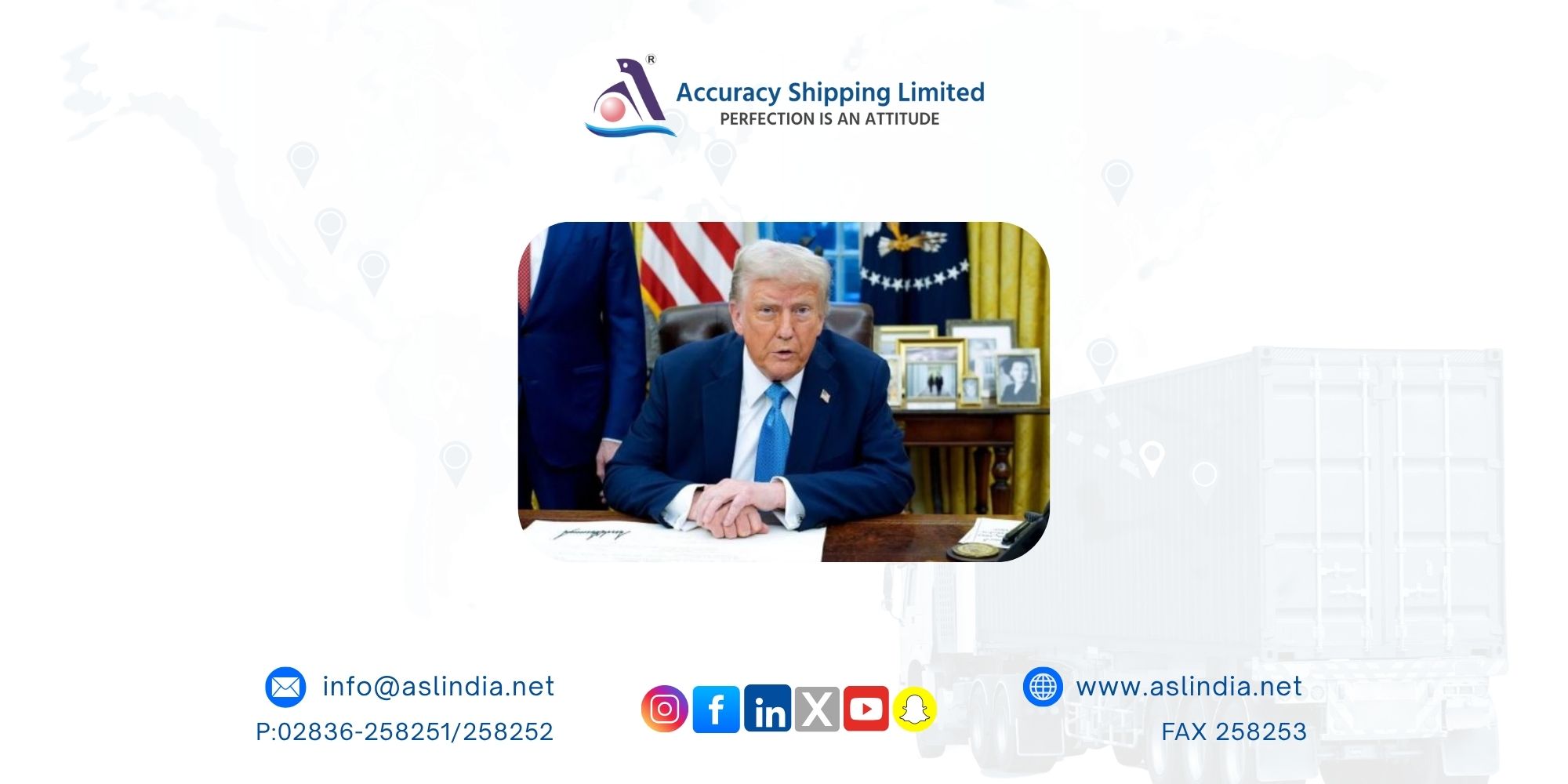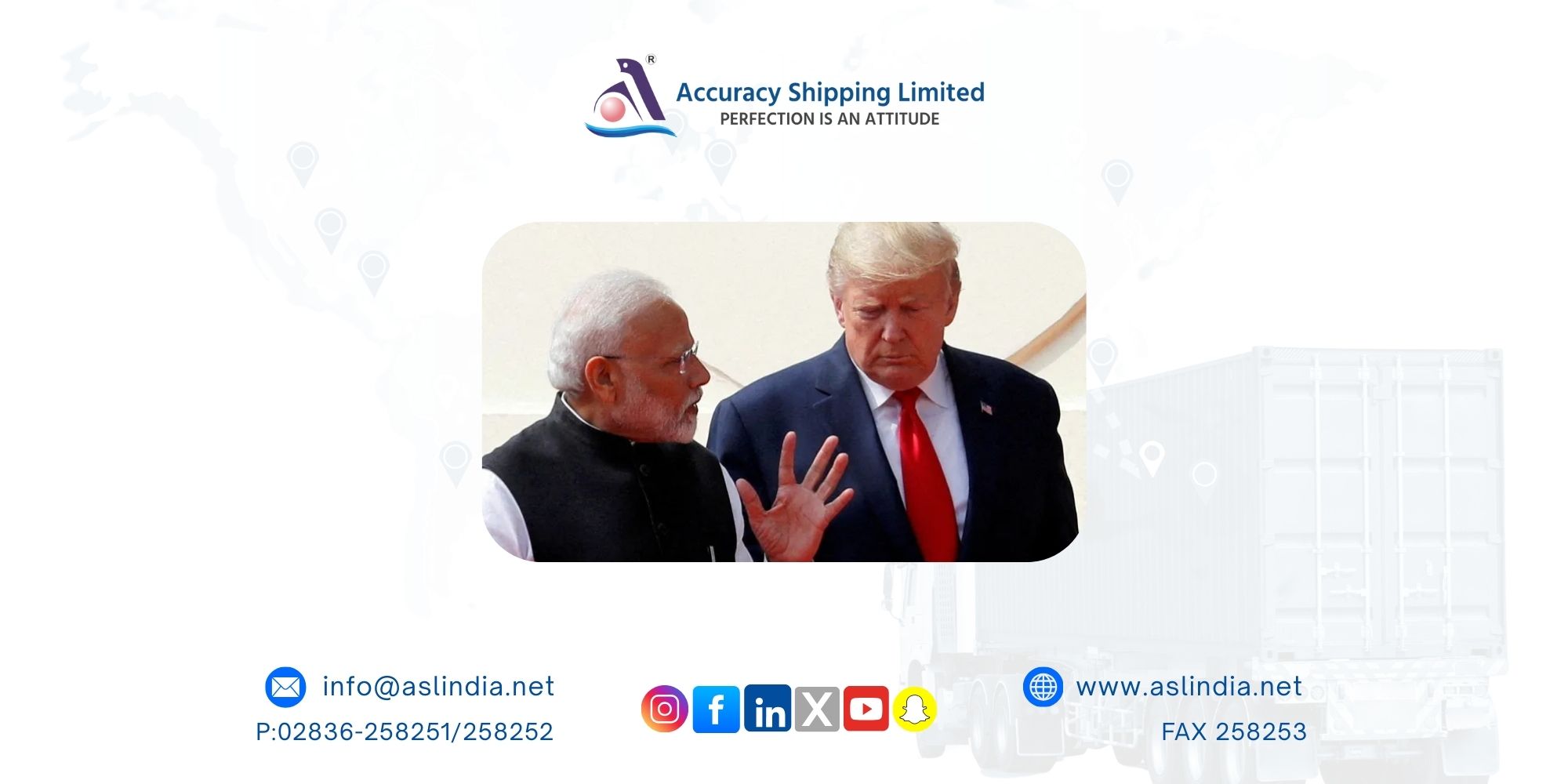Trump imposes an additional 25% tariff on India over purchase of Russian oil

In a move that has sent shockwaves across India’s trade and export community, U.S. President Donald Trump announced an additional 25% tariff on Indian imports, citing India’s continued purchase of oil from Russia. This fresh imposition, set to take effect on August 27, follows an earlier 25% reciprocal tariff to be implemented on August 7, effectively raising the total tariff burden on Indian exports to a staggering 50%.
A Political Power Play?
This decision comes just two days before a U.S. trade delegation is scheduled to arrive in India to resume negotiations on the much-anticipated India-US Bilateral Trade Agreement (BTA). Experts believe the timing is far from coincidental. Many have termed it a “bargaining chip” used by the Trump administration, a negotiation tactic that echoes past U.S. approaches to global trade deals.
In the executive order issued on Wednesday, President Trump stated:
“I find that the Government of India is currently directly or indirectly importing Russian Federation oil… Accordingly, and as consistent with applicable law, articles of India imported into the customs territory of the United States shall be subject to an additional ad valorem rate of duty of 25 per cent.”
India Pushes Back
India’s Ministry of External Affairs (MEA) swiftly condemned the move, labeling it “unfair, unjustified, and unreasonable.” The MEA emphasized that India will take all necessary actions to protect its national interests.
In a strong-worded statement, the MEA added:
“It is extremely unfortunate that the US chose to impose additional tariffs on India for actions that several other countries are also taking in their own national interest… Our imports are based on market factors and done with the overall objective of ensuring the energy security of 1.4 billion people of India.”
Exporters Left in the Lurch
Indian exporters are “shocked” and “disappointed”, as the new tariffs will place them at a significant disadvantage in comparison to exporters from countries like Vietnam, Indonesia, Malaysia, and the Philippines who currently face tariffs in the range of just 15–20%.
Ajay Sahai, Director General of the Federation of Indian Export Organisations (FIEO), remarked:
“There is no way exporters can tackle such high duties. Even government support of this volume is difficult. The silver lining is that products earlier exempted from tariffs, such as pharmaceuticals, continue to be exempted.”
Sanjay Jain, Chairman of the ICC National Textiles Committee, also criticized the lack of preparation time:
“Trump’s executive order gives only 21 days before the new tariffs are enforced. This doesn’t even allow exporters enough time to ship pending consignments. It is a very, very difficult situation for India.”
Not Just India: A Global Perspective
While India faces a 50% duty, it is not alone. Brazil has been slapped with tariffs between 10–50%, but even China, despite importing significantly more Russian oil, faces duties of only 30%. This differential treatment is adding to the perception of India being unfairly targeted.
What Lies Ahead?
India has already drawn clear red lines in its trade negotiations, especially concerning dairy, GM crops, and sensitive agricultural products. According to trade analysts, strong-arm tactics like punitive tariffs may backfire, particularly in a political climate where sovereign energy choices are critical.
With U.S.-India relations at a delicate juncture and bilateral trade talks hanging in the balance, Trump’s tariff bombshell could either trigger renewed negotiations or escalate into a full-blown trade dispute.
Conclusion
The imposition of an additional 25% tariff on Indian imports by President Trump, ostensibly over India's Russian oil purchases, marks a critical moment in Indo-U.S. trade relations. While some see it as a temporary tactic for leverage, the real economic pain will be borne by Indian exporters many of whom now find their goods priced out of the U.S. market. With negotiations on the horizon, both nations must tread carefully to avoid long-term damage to what has otherwise been a robust and mutually beneficial trade partnership.







